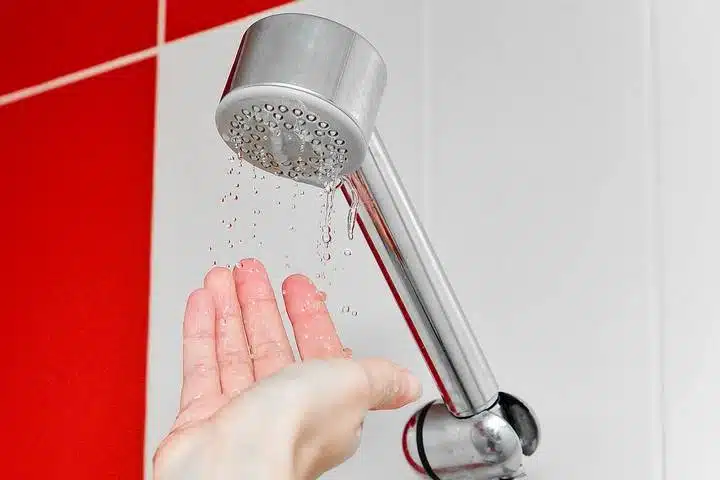
Maintaining the place you call home, whether you own it or rent it, is essential for a comfortable and functioning living space. However, maintaining your home can sometimes be a challenging task, especially when it comes to your plumbing system. Low water pressure is one common issue that can disrupt your daily routines, making tasks like showering, doing the dishes, or washing clothes frustratingly slow. If you suspect that your home’s water pressure is not up to par, fear not – we’re here to help. In this post, we’ll take you through six steps to diagnose and resolve low water pressure issues in your home, ensuring that everything flows smoothly.
Step 1: Test Your Water Pressure
The first step in addressing low water pressure is to determine if it’s a real problem. You can do this by purchasing a water pressure test gauge from your local home improvement store. Follow these simple steps:
- Turn off any appliances that use water, such as the dishwasher or washing machine.
- Attach the gauge to an outdoor hose spigot, screwing it onto the threads just like a garden hose.
- Turn on the spigot and take note of the reading.
Ideally, your water pressure should fall between 50 and 80 psi. Anything below 50 psi is considered low, while anything above 80 psi can lead to plumbing fixture and pipe joint damage over time.
Step 2: Ask Around
Is your low water pressure problem unique to your home, or are your neighbors experiencing similar issues? It’s essential to gather information from others in your area to determine if the problem might be related to the city’s municipal water system. If your neighbors are also dealing with low water pressure, it’s time to contact your local water provider to investigate further. For those with well water, there may be issues with your well pump.
Step 3: Check the Water Meter, Shut-off Valve, or Regulator
Assuming the low water pressure issue is isolated to your home, start with some basic checks:
- Ensure that your water meter and the main shut-off valve at the street are fully open. Sometimes, contractors shut off water during maintenance, and forgetting to turn it back on can cause pressure problems.
- If you have a water pressure regulator, make sure it’s functioning correctly. Faulty regulators can lead to gradual drops in water pressure.
Step 4: Check for Leaks
Undetected leaks can cause a slow decrease in water pressure over time. Here’s how to check for hidden leaks using your water meter:
- Turn off all water sources in your home.
- Record the number displayed on your water meter.
- Wait at least 20 minutes and then check the meter again.
If the meter reading has changed during this time, it’s a clear indication of a leak. To locate these leaks, inspect various areas like toilet tank parts, sinks, bathtubs, showers, water heaters, and washing machine hoses. If you suspect hidden leaks, it’s best to rely on professionals like My Georgia Plumber’s leak repair experts to pinpoint and repair any water leaks in and around your home.
Step 5: Check Your Faucets
If your outdoor spigot’s pressure reading is normal but you’re still facing low water pressure indoors, it’s time to inspect your faucets and showerheads. Mineral buildup on these fixtures can restrict water flow, as can loose or worn-out washers that may be contributing to leaks.
Step 6: Consider Clogged Pipes
Accumulated residue and debris inside your water supply pipes can significantly reduce water flow and cause low water pressure. While this issue is less common in copper or PEX piping, it can be a problem with iron and galvanized pipes. If you’ve tried all the above steps and still experience low water pressure throughout your home, it’s time to call in the professionals at My Georgia Plumber. We can assess your home’s piping system and determine if extensive buildup is affecting your water pressure.
Ready to experience improved water pressure and plumbing performance? Call My Georgia Plumber at 770-592-0081 today, and our expert plumbers will take care of all your plumbing needs. Don’t wait; act now for a better living environment!







